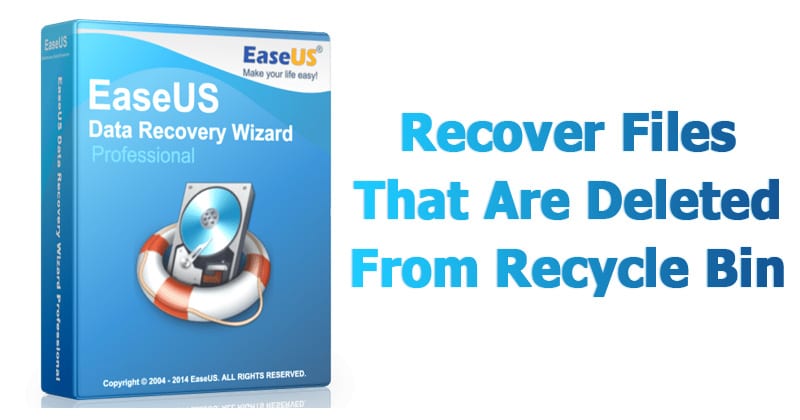
How To Recover Files That Are Deleted From Recycle Bin
How To Recover Files That Are Deleted From Recycle Bin
Well, Windows users have a bad habit of removing files from recycle bin. Deleting useless files from Recycle Bin helps a user to save some storage space which can improve the speed of a computer. However, Windows users do that more frequently and later regret. Actually, Recycle Bin is a place from where we can get back our deleted files and folders.
Sometimes, we accidentally delete our important files and folders and due to some reason we lose them from Recycle bin too! At that time, we search for recovery methods. Well, there are many methods available over the web which can help you to recover deleted files from computer, but, when it comes to reliability, nothing can beat EaseUS.
What Is EaseUS Data Recovery Wizard?
EaseUS is one of the leading software providers which is known for its data recovery programme. EaseUS offers some free data recovery software that can help you to recover deleted, formatted or lost data from PC, laptop or removable device easily and quickly.
One of the best thing about EaseUS is that it provides tools for recycle bin recovery which can help you to get back files that you have deleted from the Recycle bin itself. EaseUS Data Recovery Wizard free can easily recover lost files, pictures, documents, videos and more from deleting, formatting, partition loss, OS crash, virus attack and other data loss cases.
How To Recover Deleted Files?
If you are struggling to get back your lost data files, then here is an easy data recovery method which will help you to get back deleted files on your computer. Below, we are going to share a mini guide on how to use EaseUS Recycle Bin Recovery to get back your deleted data.
Step 1. First of all, you need to download and install EaseUS Data Recovery Wizard on your Windows computer and then launch it normally. You need to select the location where you want to scan and then click on 'Scan'
Step 2. Now, wait for few minutes until the tool finishes scanning your drive. The tool search for files that got deleted or cleaned from the Recycle Bin.
Step 3. Now it will show you files that you can recover. Here you need to click on the file which you want to recover and click on 'Recover'
That's it, you are done! This is how you can use EaseUS data recovery to get back your deleted files on your computer.
Benefits of EaseUS Data Recovery
Well, the data recovery tool provided by EaseUS comes with many benefits. It can not only recover accidentally deleted files, but it can also recover data in case of Virus Attacks, Hard Disk Damage, OS Crash etc.
You can also use this awesome data recovery wizard to recover deleted files from External Disk, USB Drive, Camcorder, Mobile Devices, Zip Drive, iPod, Music Player and more.
Overall, this is one of the best data recovery tools you can have on your Windows computer. EaseUS Data Recovery also has a free version with restricted features. Overall, this is a stress-free solution to get back your deleted files
- Hack Tools For Games
- Hacker Tools 2019
- Blackhat Hacker Tools
- Tools 4 Hack
- Hacking Tools Software
- Hacking Tools
- Hacking Tools Software
- Hacking Tools Usb
- Pentest Tools Bluekeep
- New Hack Tools
- New Hacker Tools
- Hacking Tools Windows 10
- Easy Hack Tools
- Best Pentesting Tools 2018
- Github Hacking Tools
- Hacker Tools Software
- Pentest Tools Bluekeep
- Hacks And Tools
- Hack Tools 2019
- Hacker Tools For Windows
- Install Pentest Tools Ubuntu
- Pentest Tools Kali Linux
- Hacker Tools Linux
- Hacker Tools Free Download
- Pentest Tools For Mac
- Hacker Security Tools
- Hacker Search Tools
- Pentest Tools Nmap
- Hacking Tools Github
- Pentest Tools Framework
- Tools For Hacker
- Pentest Tools Open Source
- Hacker
- Hacking Tools For Windows
- Underground Hacker Sites
- Pentest Tools Alternative
- Top Pentest Tools
- Pentest Tools Bluekeep
- Hack Tools Pc
- Hacker Tools Apk Download
- Hacking App
- Pentest Tools Review
- Pentest Tools Open Source
- Physical Pentest Tools
- Hacking Tools Online
- Hacking Tools Mac
- Hack Tools For Ubuntu
- How To Make Hacking Tools
- Hacking Tools Pc
- Pentest Tools Online
- Game Hacking
- Hacker Tools Windows
- Hack Apps
- Pentest Tools Android
- Hack Tools For Ubuntu
- Hackers Toolbox
- Hacking Tools Pc
- How To Install Pentest Tools In Ubuntu
- Hacker Tools Free
- Pentest Tools Free
- Hacker Tools List
- Pentest Tools Kali Linux
- Nsa Hack Tools
- Tools For Hacker
- Hack Tools Download
- Hacker
- Best Hacking Tools 2020
- Hacker Tools For Ios
- Hacking Tools Hardware
- Bluetooth Hacking Tools Kali
- Hacking Tools For Pc
- Hack Tools For Windows
- Tools For Hacker
- Bluetooth Hacking Tools Kali
- Hackrf Tools
- How To Make Hacking Tools
- Pentest Tools For Mac
- Hack Tools
- Hacking Tools For Kali Linux
- Hack Tools Online
- Hacking Tools Free Download
- Hacking Tools Mac
- Hacker Tools Free Download
- Hack Tool Apk No Root
- Github Hacking Tools
- Pentest Tools List
- Nsa Hacker Tools
- World No 1 Hacker Software
- Hacker Techniques Tools And Incident Handling
- Hacker Tools Apk Download
- Hack Website Online Tool
- Pentest Tools Website
- Pentest Box Tools Download
- Hacker Tools Linux
- Pentest Tools Alternative
- Hacking Tools Github
- Hack Tools Online
- Pentest Tools Bluekeep
- Hacking Tools Mac
- Hacking Tools And Software
- Blackhat Hacker Tools
- Hacking Tools For Mac
- Hacker Tools For Mac
- Pentest Tools Android
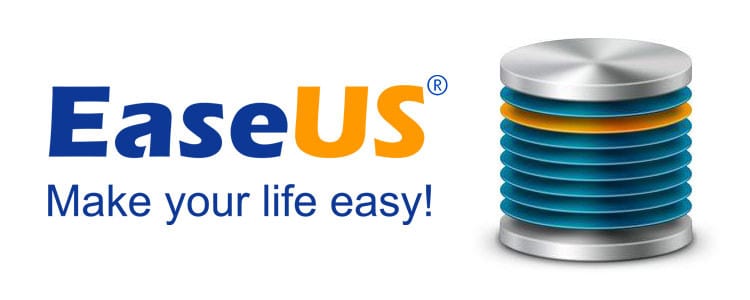
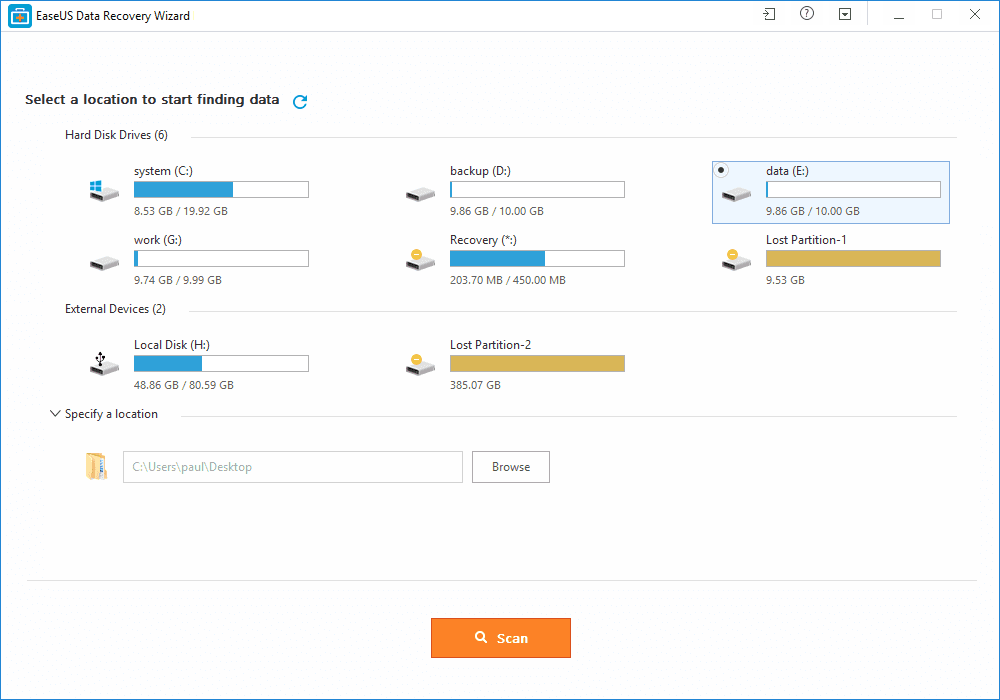
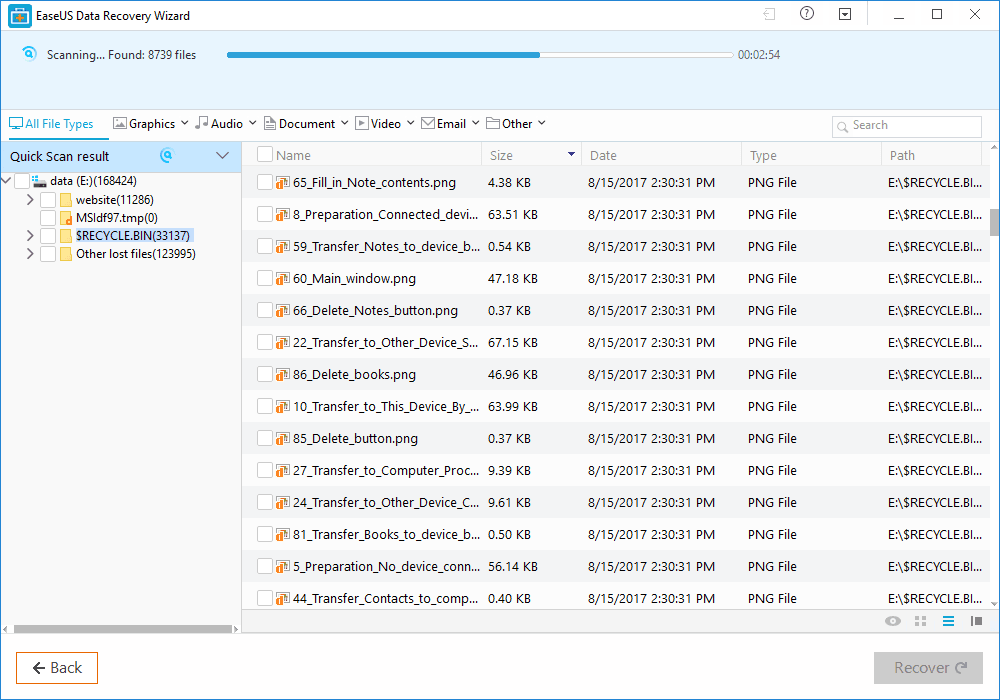
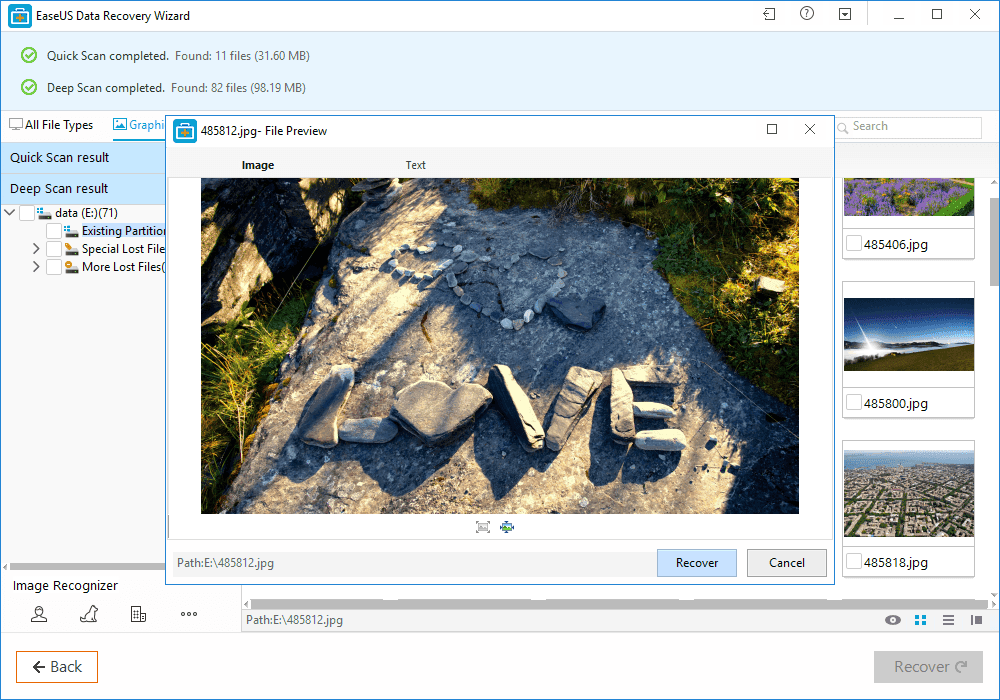
.png)

